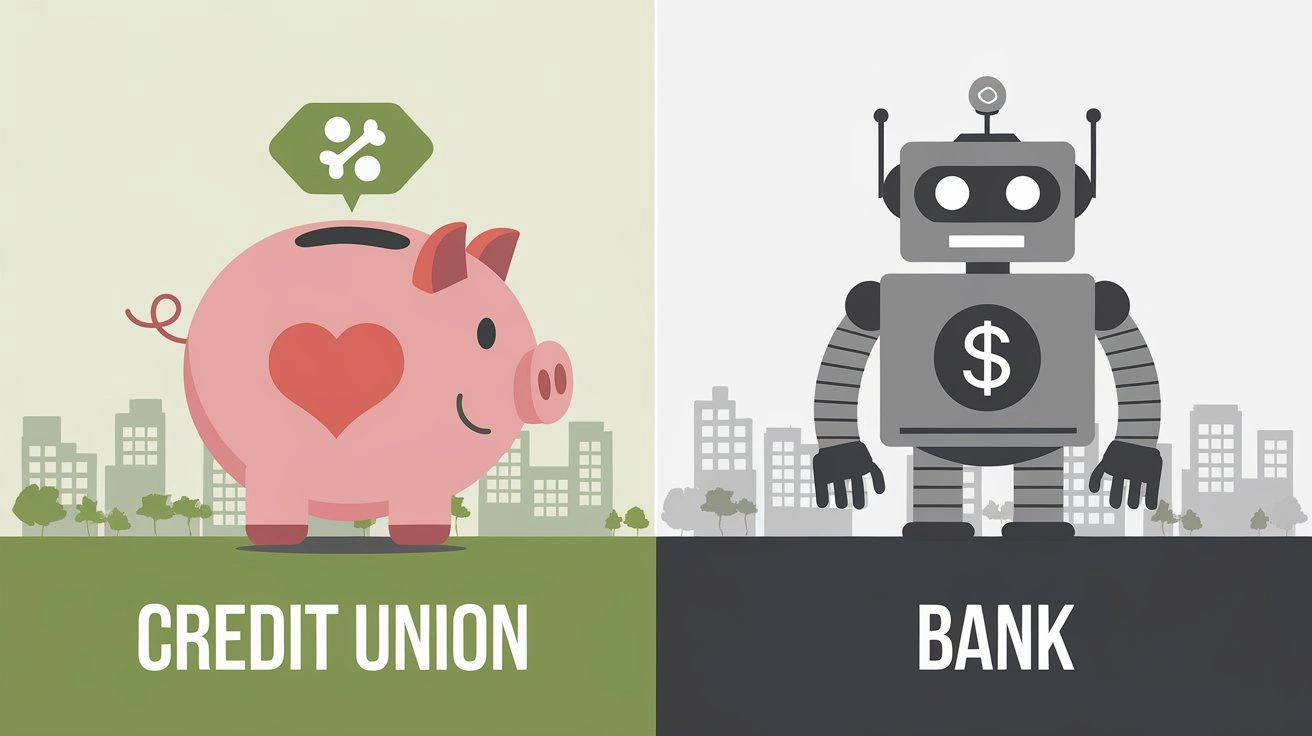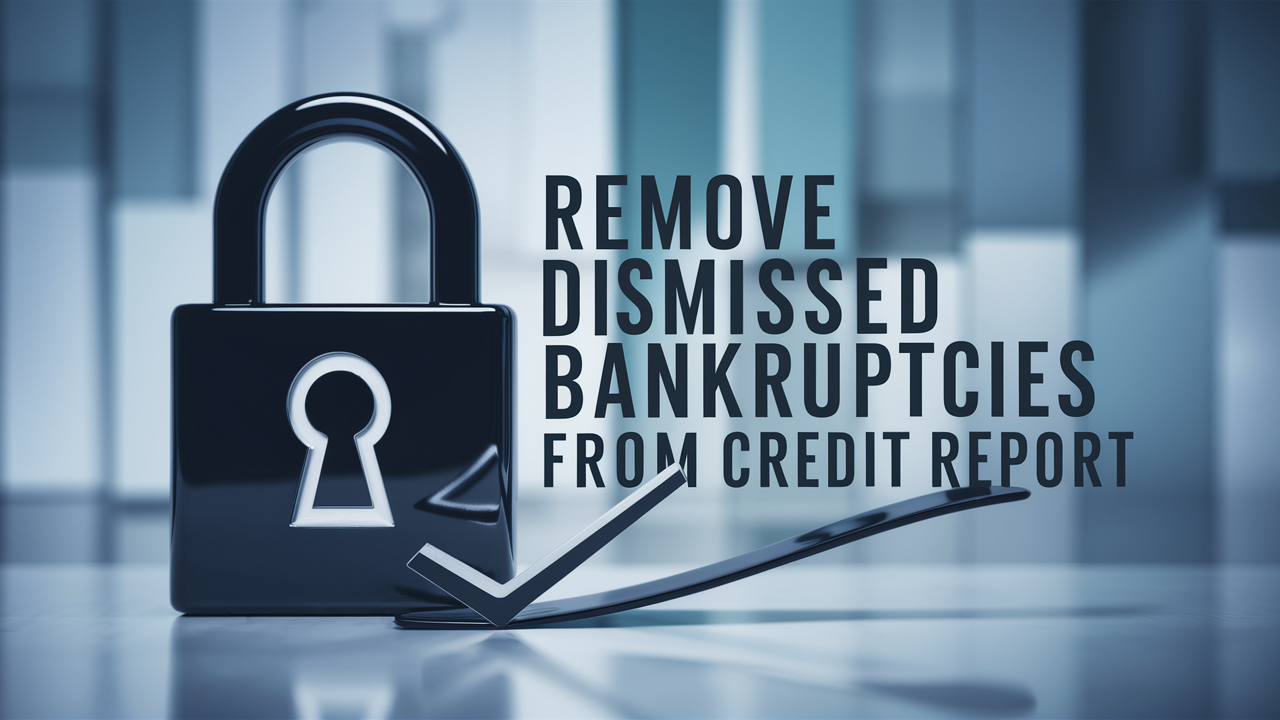How To Get Collection Removed From Credit Report?
A collection on one’s credit report can greatly reduce the credit score of the individual that is in question. Collection accounts show that you were a deadbeat who did not pay for a product or service that was due to be paid. This means high risk to future lenders and at times may even lead to disqualification of loans, mortgages, credit cards, and many others. Fortunately, you can take collections off your credit report with the use of methods such as negotiating with the collectors, disputing wrong information, or goodwill deletion.
Contact the Collection Agency The first one involves approaching the collection agency to negotiate an agreement on how to clear the unpaid amount. Treat agents politely while insisting on your wishes and demands. Make sure to clear some facts about the collection, who is the original creditor, how many dollars are owed to them, when was the first delinquency reported, etc, also, enquire if they will delete the collection from the credit report once you pay the amount they are demanding. Ensure that if there is any agreement for deletion, it is written before making a payment. If you cannot pay the full amount of the debt due to some form of hardship, then it is advisable to negotiate a ‘pay for delete agreement’ for less than the full balance.
At times, credit agencies may pull a credit report for a partial payment or may not re-report a collection if it voluntarily falls off the report in the future. When requesting the goodwill deletion, do so politely but be insistent. Although the agency may not agree to delete the report from your credit report, considering the account to be ‘paid collection’ or ‘resolved’ will also go a long way in reducing the effects on your credit score.
Send Debt Validation Letter Lastly, if communicating with the collections agency directly has not worked, challenge the fact of the unpaid debt in the first place. According to the Fair Debt Collection Practices Act, collectors cannot even try to collect the amount in question without presenting detailed evidence they indeed owe it. A debt verification or debt validation letter should be drafted to formally request the collection agency to provide details of the specifics including the initial creditor, the actual amount of the balance due among others, and their legal authority to collect the balance.
In turn, collectors are given 30 days to confirm the details in writing, after which the account is deleted from your credit report automatically. This method is most suitable in cases of older accounts where there is little information available as well as where there are accounts of mistaken identity or fraud. When writing the debt validation letters, it is important to adhere to templates, and if there are conditions that require some wording to be worded in a specific way, they should be included word for word.
Initiate Credit Report Dispute The third one is to challenge the collection account in writing to all three major credit bureaus including Equifax, Experian, and TransUnion. Enter any facts or laws supporting the belief that the filing was false, misleading, inaccurate, or outdated, as well as why you think so. Common dispute reasons include:
Not my account -You’re out of the statute of limitations on debts -Amount listed incorrectly -It is for this reason that debts paid in full already are not likely to be preferred by KenGen. -Lack of proper documentation
After this, the credit reporting agency must investigate the complaint by following the given specifics of the dispute within 30 days. In case it is proven that the collection was a mistake, the credit file must be deleted immediately. If it is found to be accurate and has not been modified, it still stays but you can file another complaint or attempt to use other erase techniques.
They have to wait out the statute of limitations, which means that they cannot move forward in any legal proceedings until the period set by the statute has expired. The other inexcusable method is the expiry of the limitation period, which makes it impossible for collectors to sue you to recover wages or assets. The length of SOL is set by state laws and it ranges from 3 years to 6 years on average. The collection stays on your report for 7 years but without legal power to sue to recover the money, some agencies might remove credit reporting of their own volition once the SOL is up.
You can also get stale collections removed by pointing out expired limitation periods when formally contesting inaccurate, unverification, or misleading data on your account. The consequence of waiting involves the possibility of a lawsuit before the SOL is up along with a low credit score in the meantime. Use this option when it comes to debts that have already piled up and which you cannot repay at the moment.
Therefore, while still a process that demands one’s effort, many achieve collection deletion success through goodwill, dispute, and consumer law provisions on validation time. When encountering challenges with collectors, credit bureaus, and complex laws or disputes, do not give up easily, be reasonable, and consult with credit experts or an attorney. Compensation for taking control results in better means to access credit in the future and saving on expensive products or services in the long run.
Ready to boost your credit score? Call +1 888-804-0104 now for the best credit repair services near you! Our expert team is here to help you achieve financial freedom and improve your credit. Don't wait—get started today!
Related Stories
Recent Posts
Does Closing a Checking Account Affect Your Credit Score? Here’s the Truth
Is a Home Equity Loan a Second Mortgage? The Definitive 2025 Guide
Which Credit Score is Most Accurate? FICO vs VantageScore
Does Closing a Checking Account Affect Credit Score? – Complete Guide for Consumers
Credit Captain Reviews (2025): Is It Legit, Safe, and Worth It?



